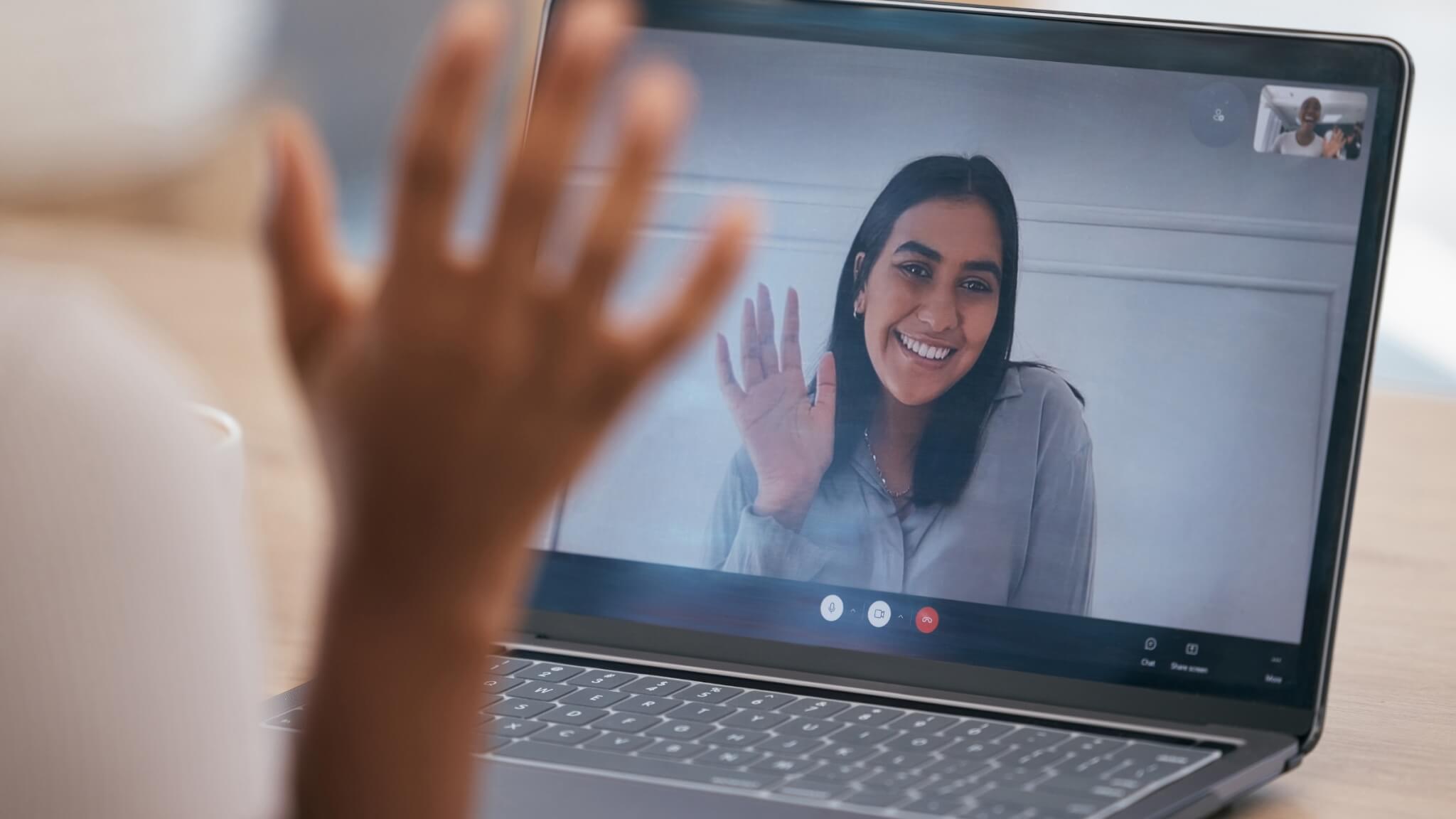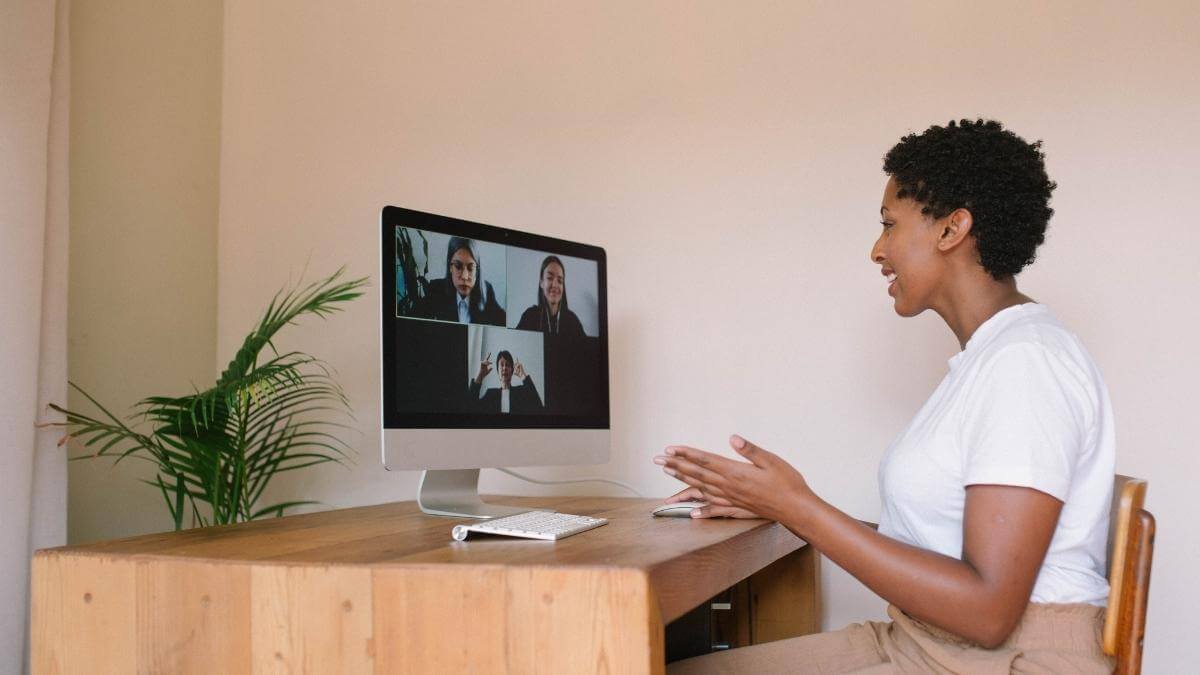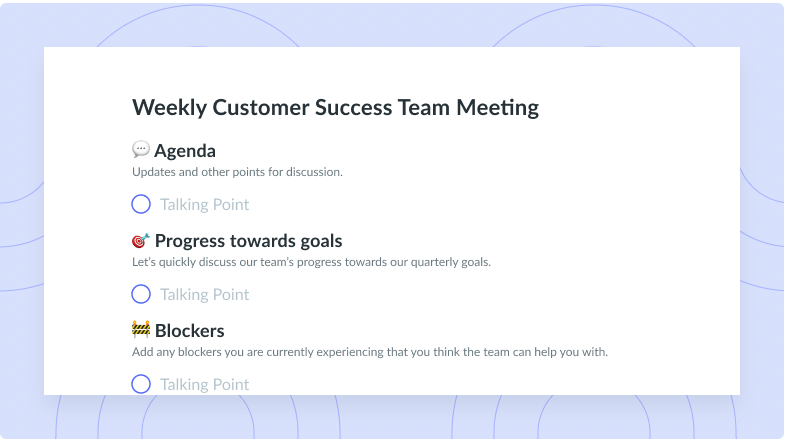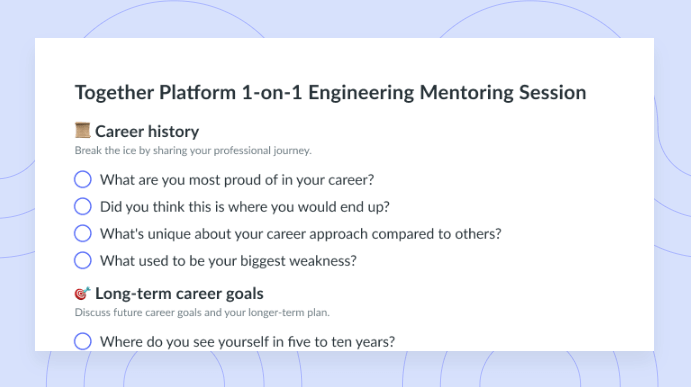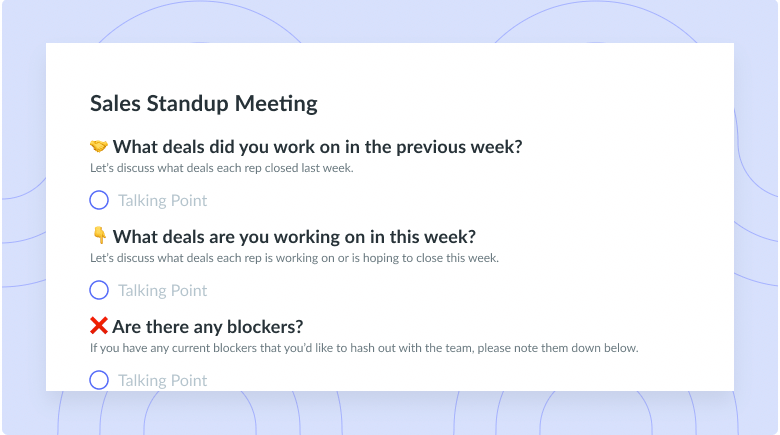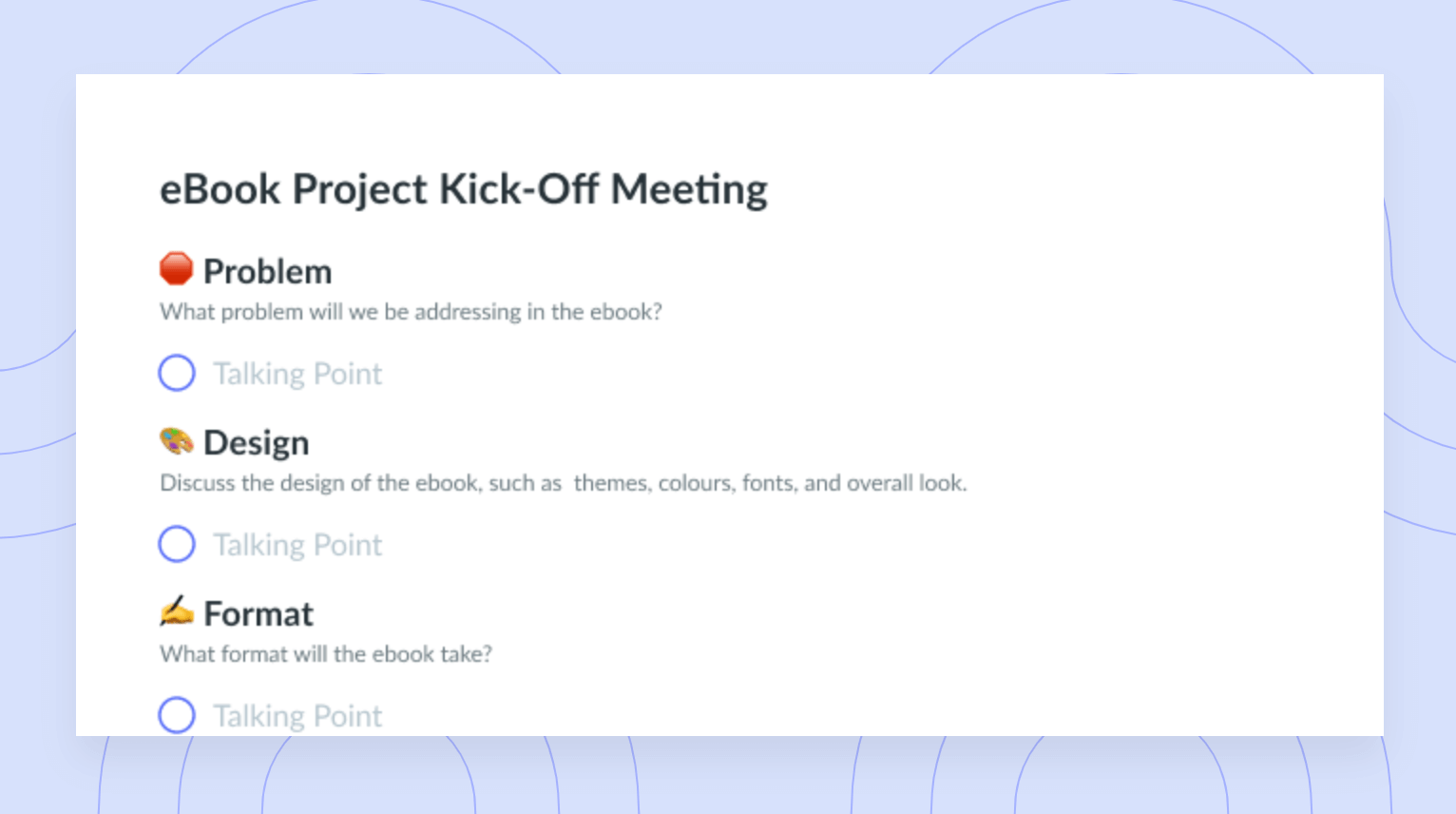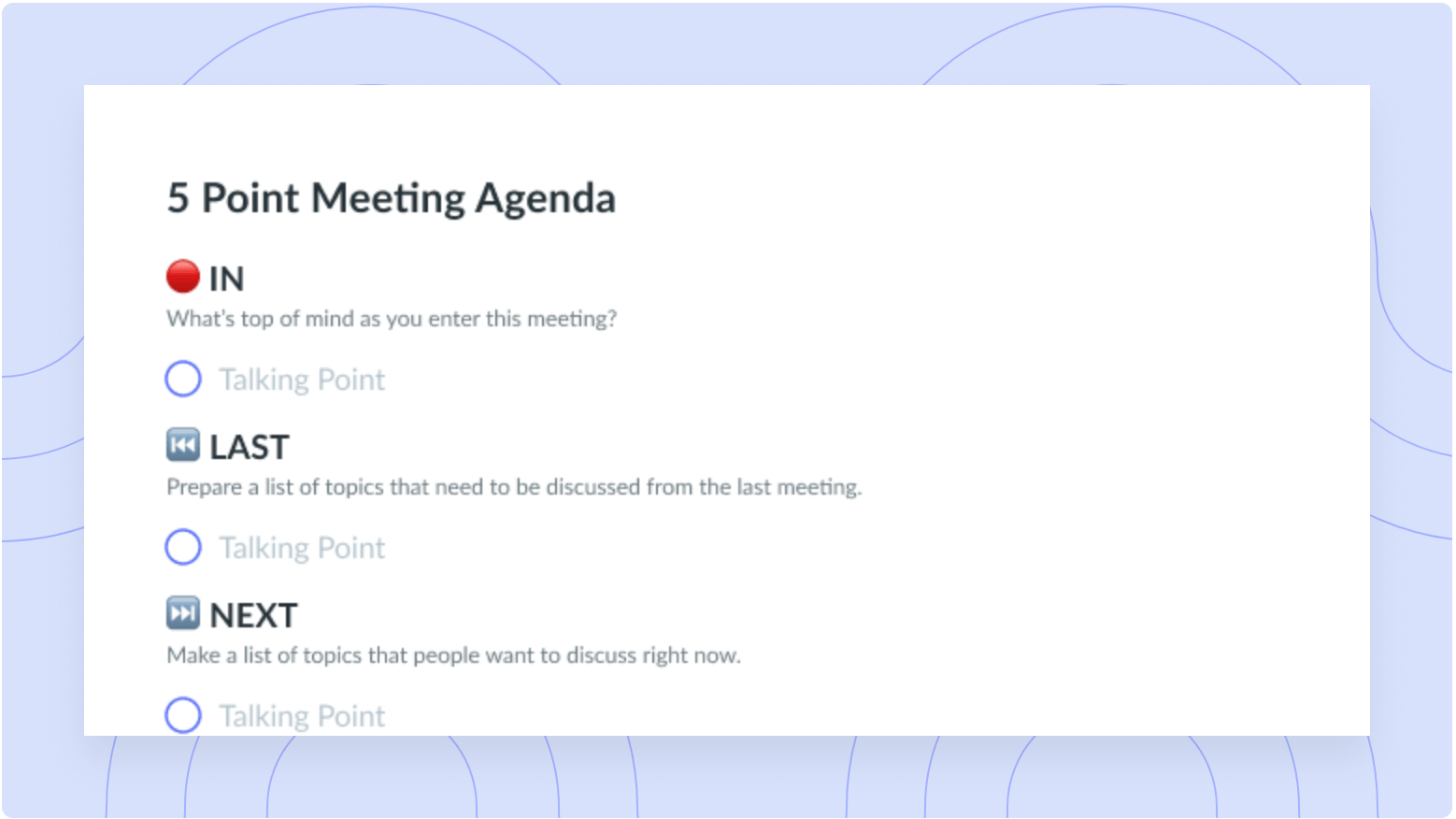Zoom Fatigue: Symptoms, Causes, and Ways to Combat It
Feeling exhausted after a day full of Zoom calls? Learn how to kick Zoom fatigue to the curb to start enjoying the perks of remote work!
According to Google Trends, from February – March 2021 and then again in September 2021, there was an increase in the number of people Google searching for “zoom fatigue”. Why you may ask?
The pandemic forced many companies to move to remote workplaces, relying on video conferencing applications such as Zoom for their daily meetings. This increase in video calls consequently caused many people to suffer from Zoom fatigue, explaining the increase of Google searches during that time.
Liz Fosslien and Millie West Duffy, Harvard Business Review contributors, say that video calls are draining for most people partially because “they force us to focus more intently on conversations in order to absorb information.”
Fosslien and Duffy use the example of whispering to your coworkers to get caught up in the conversation when you get distracted or fall behind. In remote meetings, however, there is nobody to catch you up when you miss what was said – unless you want to ask your coworker to repeat themselves during the conversation.
How to recognize Zoom fatigue (symptoms)
Zoom fatigue is a very real thing and more and more people are beginning to experience it. So, let’s see what to look for…
Feeling exhausted or burnt out
One of the biggest signs of Zoom fatigue is feeling exhausted and drained after your Zoom calls. Now, it’s normal to feel tired after a day of work. But, be cautious when your tiredness turns into burnout!
Constantly rescheduling video calls
If you notice a coworker keeps rescheduling Zoom meetings or asks if you could just email them instead, they may be experiencing Zoom fatigue. If this is the case, accommodate their needs and reassure them that an email can be substituted for a Zoom call, or reschedule the meeting for a different day.
Coworkers that always keep their cameras off
If you notice somebody keeps turning their camera off during a meeting, they may be experiencing Zoom fatigue. By doing this, they are likely giving themselves a break from being watched and worrying about keeping eye contact with the speaker.

Pro tip
Use Fellow’s app for Zoom to access your meeting notes right inside of Zoom and turn your chaotic meetings into productive work sessions.
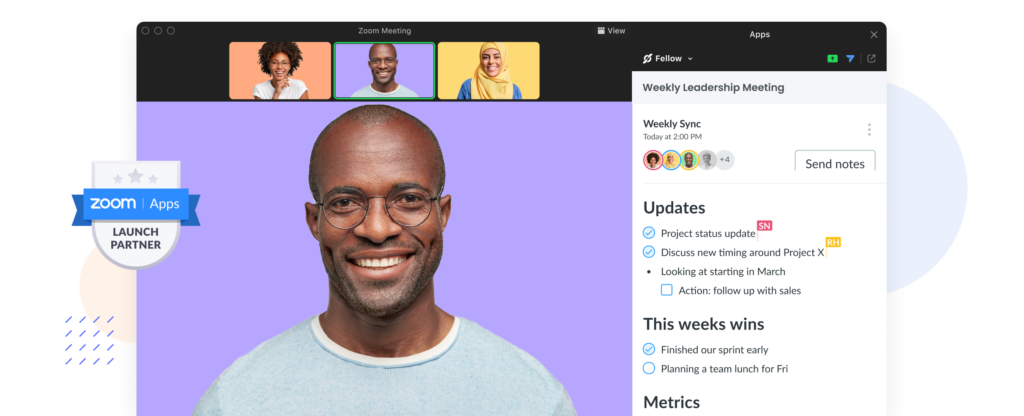
What causes Zoom fatigue?
According to a Stanford University study, there are four reasons why Zoom fatigue is caused…
- Intense close-up eye contact
- Ability to see yourself during the call
- Reduction in usual mobility
- Increase in cognitive load
1 Intense close-up eye contact
Without even noticing, during in-person meetings people’s eyes are constantly moving from one thing to another. Whether it’s the speaker, the person next to you, or the note in front of you, you are never focusing solely on one thing. But, in a Zoom meeting, because your face is so close to the camera and your eyes are being watched, most people feel obligated to watch the speaker 24/7.
Additionally, this intense close-up eye contact can cause more stress for the meeting attendees. According to Jeremy Bailenson, Professor at Stanford University and the person who ran this study, “Social anxiety of public speaking is one of the biggest phobias that exists in our population.” On Zoom calls, attendees’ faces are all shown on the same screen. This provides a more stressful atmosphere for those who suffer from social anxiety of public speaking because even if they are not the speaker, they are still likely to be viewed.
2 Ability to see yourself during the call
I don’t know about you, but the first thing that I do when I open up Zoom is check the little box that has my face in it. Is my hair okay? Is my camera angle flattering? Should I turn on or off this light? – These are all questions that go through my head. And not to mention the constant checking throughout the meeting in case I forgot what I looked like! Quite frankly, it’s draining.
Further, according to Bailenson, you are more critical of yourself when you can see your reflection. They also use the example of somebody following you around all day with a mirror,
“It’s taxing on us. It’s stressful. And there’s lots of research showing that there are negative emotional consequences to seeing yourself in a mirror.”
This unnatural concept of seeing yourself while trying to talk to other people quickly becomes very distracting and stressful for many people, being yet another reason for Zoom fatigue.
3 Reduction in usual mobility
According to Bailenson, “There’s growing research now that says when people are moving, they’re performing better cognitively.” However, during a Zoom meeting, you are confined to the small area that your camera covers, forcing most people to sit almost completely still during the meeting. There is no pacing the room, talking with your hands, or pointing to charts behind you; Basically, any visual cue is non-existent.
This reduction in the usual mobility that would be observed during an in-person meeting can also make meetings less engaging. Rather than watching the person’s movements while they present, you are forced to watch their close-up face, making it easier to zone out.
4 Increase in cognitive load
“In regular face-to-face interaction, nonverbal communication is quite natural and each of us naturally makes and interprets gestures and nonverbal cues subconsciously. But in video chats, we have to work harder to send and receive signals.”
– Bailenson
As Bailenson notes, during in-person meetings most people slightly nod their heads to show they are listening and understanding what you are saying. But, in Zoom meetings, attendees have to either exaggerate a head nod or show a thumbs up to the camera; “That adds cognitive load as you’re using mental calories in order to communicate.”
Thus, on top of the stress of keeping intense close-up eye contact, seeing yourself while talking to your coworkers, and suffering from a lack of usual mobility, Zoom attendees are also carrying a heavier cognitive load, all contributing to Zoom fatigue.
6 Ways to combat Zoom fatigue
Now that you know what to look for and the causes of Zoom fatigue, it is only fitting for us to tell you how to combat it!
- Don’t multitask
- Keep meetings short
- Hide yourself from view
- Encourage simple backgrounds
- Make virtual social events optional
- Don’t default to Zoom
1 Don’t multitask
One of the biggest reasons why remote work is so difficult for most people is all the distractions. Being at home, you are distracted by almost everything – your dog barking at the neighbour, your roommate on a Zoom call in the next room, your bed looking so comfy for “just a little break”.
So, one way to combat Zoom fatigue and stay focused during your Zoom meeting is to avoid multitasking. Now, I know you might think that Zoom calls are a great opportunity to check your emails or see your new Slack notification, kill two birds with one stone right? But, you are wrong!
According to Sofie Bates, Stanford News contributor, “People who frequently engage with multiple types of media at once performed worse on simple memory tasks, according to the last decade of research.” So, by multitasking during your Zoom meeting, you are more likely to forget or miss important information.
2 Keep meetings short or provide breaks for longer meetings
Meetings that are too long waste everyone’s time. They are also not engaging, meaning by the end, nobody is probably listening. So, it is important to keep your meetings short to have effective outcomes and help prevent Zoom fatigue.
To keep your meetings short, try using the parking lot strategy. This strategy takes discussion points that are brought up during the meeting (and not on the agenda) and places them in the “parking lot” for another time. This ensures that your meetings do not go off-topic and over-length.
It is also important to follow your meeting agenda and the time allotted to each talking point. Again, this will ensure that your meeting discusses the important points on the agenda and ends on time.
However, sometimes short meetings are not feasible. In this case, it is important to give your attendees breaks. Reassuring your attendees that it is okay for them to turn their cameras off every so often is also a good idea.
Additionally, Fosslien and Duffy recommend having meetings 25 or 50 minutes rather than 30 or 60 minutes to give everyone a quick break between back-to-back meetings.
3 Hide yourself from view
As we talked about earlier, the ability to see yourself is very distracting. Thus, to help combat Zoom Fatigue you should enable the option to hide yourself from your view. Or, if the video-conferencing application that you are using does not allow you to do this, try putting a sticky note over the box that shows your face.
“Research shows that when you’re on video, you tend to spend the most time gazing at your own face.”
– Fosslien and Duffy.
4 Encourage attendees to use a simple background
Have you ever been in a Zoom meeting and without even realizing it, you missed the whole conversation because you were trying to read what book was on your coworker’s bookshelf behind them? We are human, and simply put, humans are nosy!
Therefore, it is good to encourage attendees to place themselves somewhere with minimal distractions. This means avoiding sitting somewhere with a TV behind you or in a cafe where people keep walking by. And, if that is not possible – and we understand it isn’t always – most video-conferencing applications have virtual backgrounds or blurring effects that you can use!
At the end of the day, minimizing distractions will help you combat Zoom fatigue and an easy way to do this is by keeping your background simple.
5 Make virtual social events optional
An important part of fostering team collaboration is hosting virtual social events. This is especially important in remote settings to encourage team members to get to know each other. But while there are many pluses to these events, there are also negatives, and one of those negatives contributes to Zoom fatigue.
Expecting all of your team members to join Zoom social events can be draining for some people, specifically those who experience social anxiety. Rather than having time away from Zoom and away from their screen, they are yet again on Zoom. This recurring cycle can become exhausting for some people.
“After a long day of back-to-back video calls, it’s normal to feel drained, particularly if you’re an introvert. That’s why virtual social sessions should be kept opt-in, meaning whoever owns the event makes it explicit that people are welcome, but not obligated, to join.”
– Fosslien and Duffy.
6 Don’t default to Zoom
It is so common now for people to immediately schedule a Zoom call for any type of communication. And in some instances this is good. But, not EVERY conversation has to be over Zoom.
Consider emailing the person or talking to the person over the phone. Or, use an application like Slack to direct messages or audio call them. This less formal form of communication will give both of you a break from Zoom and help eliminate Zoom fatigue.
“Try something like, ‘I’d love a break from video calls. Do you mind if we do this over the phone?’ Most likely the other person will be relieved by the switch, too.”
– Fosslien and Duffy.
Parting advice
Recognizing Zoom fatigue and treating it is very important – you are no good if you are burnt out. Don’t ignore it and let it build up but rather try the above tips to combat Zoom fatigue. And, if all else fails, take a break from Zoom entirely! If you’re experiencing it, so are others.
Making the switch to remote work is taxing enough and the added stress of Zoom fatigue will only make your mental health and quality of work suffer. Therefore, the most important thing to remember is to listen to your body and know when enough is enough.



